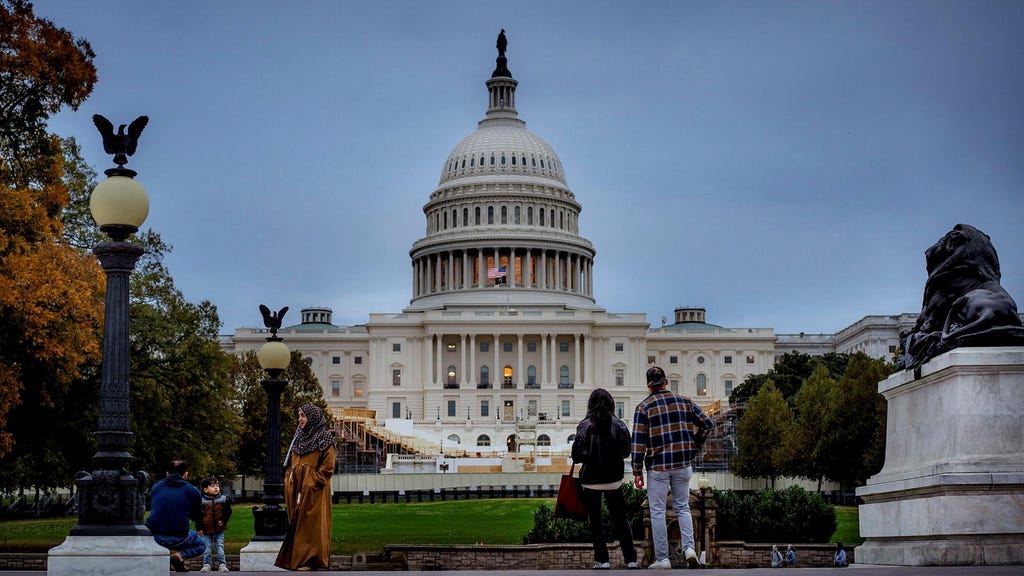The upcoming second term of Donald Trump’s presidency is poised to be a significant stress test for the American political system and its democratic foundations. With Republicans holding a majority in both the Senate and the House of Representatives, Trump appears emboldened to push the boundaries of presidential authority, potentially triggering conflicts with Congress and the judiciary. The central question revolves around the loyalty of Republican lawmakers: will they prioritize obedience to Trump, or uphold the principles of checks and balances inherent in American governance?
A key area of potential conflict lies in Trump’s cabinet appointments. He has signaled his willingness to bypass Senate confirmation by utilizing ”recess appointments,” a procedural maneuver designed for historical circumstances vastly different from the present day. Furthermore, Trump’s collaboration with tech billionaires Elon Musk and Vivek Ramaswamy on streamlining government operations raises concerns about potential executive overreach. While presented as an effort to empower Congress by rolling back regulations, their proposals to limit congressional influence over the budget through ”impoundment” could significantly shift the balance of power. The Supreme Court, with its conservative supermajority, may ultimately become the arbiter of these power struggles.
Looming over these political battles is the specter of Donald Trump’s personality and leadership style. Some observers have compared his approach to governance to that of a monarch, highlighting the unwavering loyalty demanded of his supporters and his apparent disregard for conventional political norms. This raises fundamental questions about the Founding Fathers’ vision for the presidency and the safeguards they put in place to prevent the abuse of power. While they anticipated the possibility of a power-hungry executive, the extent to which Trump is willing to challenge established norms remains a matter of intense debate.
The irony of Trump’s rise to power lies in his exploitation of the very skepticism of government authority that underpins the American system. He campaigned on a promise to ”drain the swamp” and has consistently attacked the legitimacy of institutions, including the judiciary. However, his actions suggest a desire not to limit executive power, but rather to expand it to an unprecedented degree. His supporters, energized by the MAGA movement, largely echo this sentiment, viewing Trump’s strongman tactics as a necessary corrective to a perceived broken system.
The upcoming battle over the debt ceiling provides a glimpse into the potential for conflict between Trump and even his own party. Despite his threats, Republican lawmakers resisted his calls to raise or abolish the debt ceiling, prioritizing their commitment to fiscal conservatism over blind loyalty to the president. This suggests that Trump’s ability to control his own party may be waning, and that the spirit of rebellion he fostered may ultimately turn against him. The willingness of key senators to scrutinize his controversial cabinet nominees further underscores this potential for intra-party conflict.
The stage is set for a dramatic showdown between the branches of government. Trump’s second term promises to be a turbulent period, testing the resilience of American democracy and the balance of power between the presidency, Congress, and the judiciary. The outcome will depend not only on Trump’s actions, but also on the resolve of Congress to uphold its constitutional responsibilities and the willingness of the Supreme Court to act as a neutral arbiter. The fundamental question remains: will American institutions prove strong enough to withstand the pressure exerted by a president determined to reshape the balance of power in his favor? The answer will have profound implications for the future of American governance.














